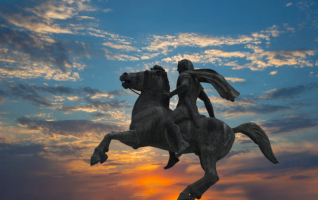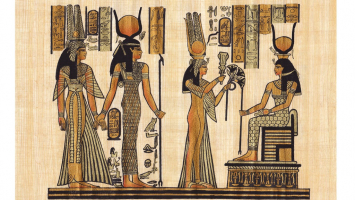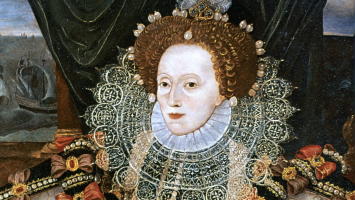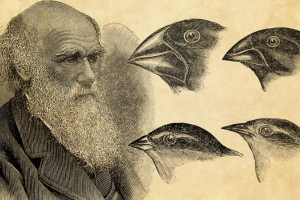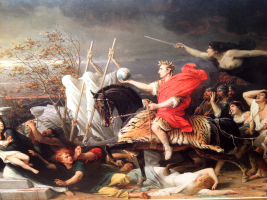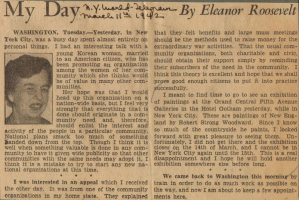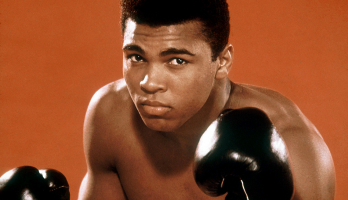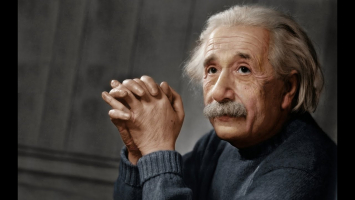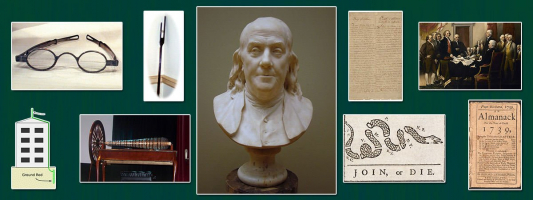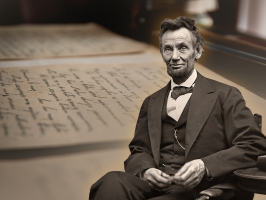Top 5 Major Accomplishments of Female Pharaoh Hatshepsut
Widely regarded as one of the most famous women of ancient history, Hatshepsut was the famous queen regent who defied all odds and became the second known ... read more...woman to be the pharaoh of ancient Egypt. grand. Not only that, but Hatshepsut also has amazing achievements that make everyone admires. The following article of Toplist will introduce you to the major achievements of female Pharaoh Hatshepsut.
-
Pharaoh Thutmose I and his wife Ahmose had a daughter named Hatshepsut. She was married to Thutmose II, her half-brother to Thutmose I's the second wife. Thutmose II inherited the throne after his father died. Hatshepsut, who had been widowed since Thutmose II's death at a young age, was appointed regent to rule for his own son, Thutmose III. She did, however, become the recognized co-ruler and de facto ruler of ancient Egypt near the conclusion of her seventh regnal year. Early historians said she usurped the throne, whereas more contemporary historians argue that she was compelled to become pharaoh because of a political crisis. Hatshepsut was one of the relatively few female pharaohs, for whatever reason. "There were only two or three women who ruled as pharaohs in the history of Egypt during the dynastic period (3000 to 332 BC)," Egyptologist Ian Shaw says.
The system expected that the Regent would stand down once the son had reached adulthood. Queen Hatshepsut, on the other hand, did something that would make people feel natural. She will designate herself as the new Pharaoh, and she will become co-ruler of Egypt with Thutmose III. While many theories exist as to why she perpetrated such a riot, modern consumers of knowledge claim that she did so in order to pass the monarchy to her son. It has been suggested that rivals pose a threat to the monarchy and that something must be done to defend what her family has accomplished. It can be said that becoming a Pharaoh is one of the major accomplishments of female Pharaoh Hatshepsut.
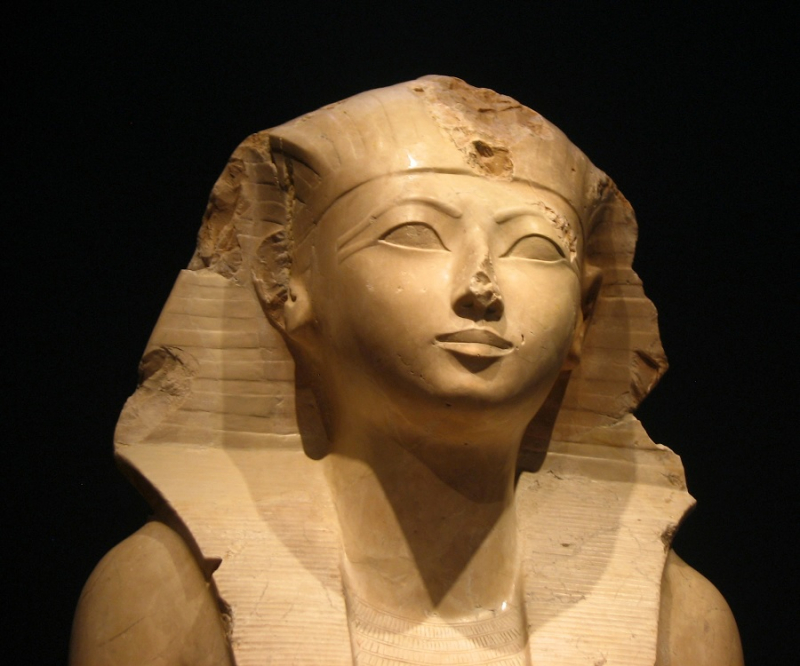
Photo: http://madhukidiary.com/ 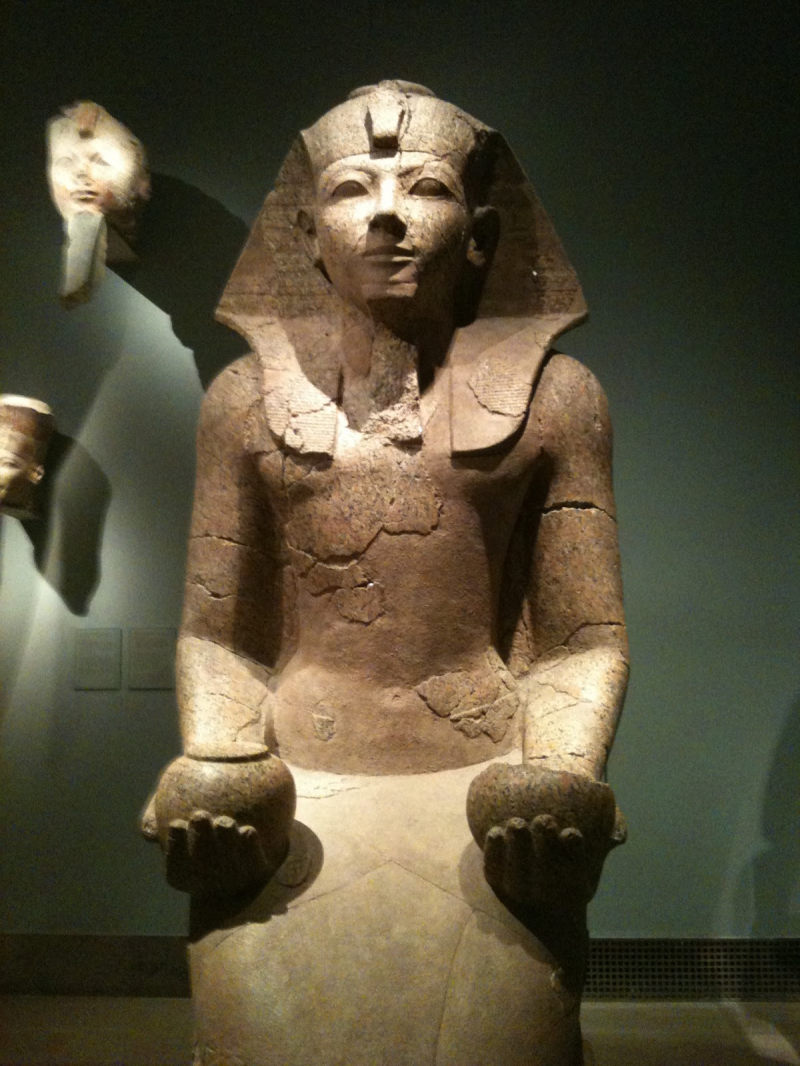
Photo: http://4.bp.blogspot.com/ -
On the East African coast, off the southernmost edge of the Red Sea, the Land of Punt was an ancient kingdom and trading center. The country is famed for Queen Hatshepsut's epic expedition in 1493 BC, which took place during Egypt's 18th Dynasty. This exchange between Egypt and Punt resulted in the first recorded successful attempt at transplanting exotic animals back to Egypt. However, this is only the most well-known expedition to Punt; evidence suggests that Egyptians traded with the Land of Punt as early as the time of Pharaoh Khufu during Egypt's Fourth Dynasty (c. BC), if not before.
Among other things, Punt is noted for producing and exporting gold, myrrh, blackwood, ebony, ivory, and animals. Hatshepsut approved and led the planning for Egypt's most famous journey to the Land of Punt. Ebony, obsidian (volcanic glass), myrrh, fauna, and agarwood were brought back to Egypt from Punt in exchange for Egyptian linen, grain, and papyrus. Hatshepsut's Punt mission was a diplomatic victory for her, and it is said that no other Egyptian pharaoh had ever achieved such success. Furthermore, historians consider Punt to be ancient Egypt's traditional trading partner, based on this successful mission.
Although trade between Egypt and Punt was long-established, Hatshepsut's 1493 BC journey is particularly noteworthy. This could be because this transaction was more significant than others, but evidence suggests that the gods commanded Hatshepsut to re-establish the connection after the road to Punt was lost. Hatshepsut made the first journey, according to Wilson.
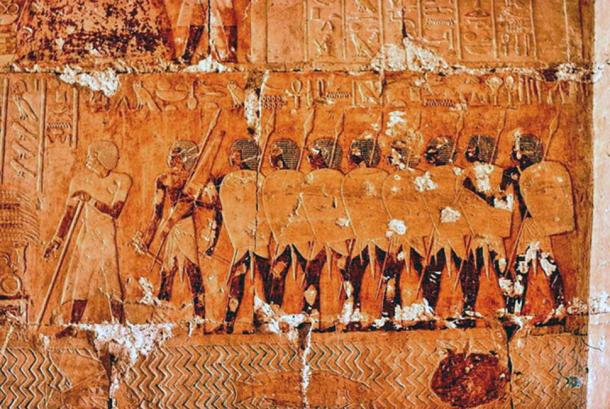
Photo: https://www.ancient-origins.net/ 
Photo: https://iiif.elifesciences.org/ -
Hatshepsut's architectural undertakings as pharaoh are still clearly visible in Egypt today. She manages hundreds of construction projects throughout her empire, making her one of the top builders in the world. She started by erecting two towers measuring 100 feet each at Karnak's Great Temple Complex. They were the tallest towers in the world at the time. She established a strict network of roads and temples in the region surrounding Thebes, the monastic and theological center of her reign. Hatshepsut built a second set of escorts at Karnak at the conclusion of her rule. The building undertakings under Hatshepsut are considered to have been more numerous and significant than those under her Middle Kingdom forebears.
Hatshepsut implemented her public works program across the entire empire, although it was mostly focused in the region surrounding Thebes, the Thutmoside dynasty's religious and dynastic heartland, where she established a network of children's roads and monumental reserves. Just over the Nile from Thebes, at Deir el-Bahri, she built her masterpiece: a huge memorial temple for the sect that would guarantee Hatshepsut would have eternal life after death. It could be said that Hatshepsut was a great builder. The architectural works built are considered one of the major accomplishments of Hatshepsut.
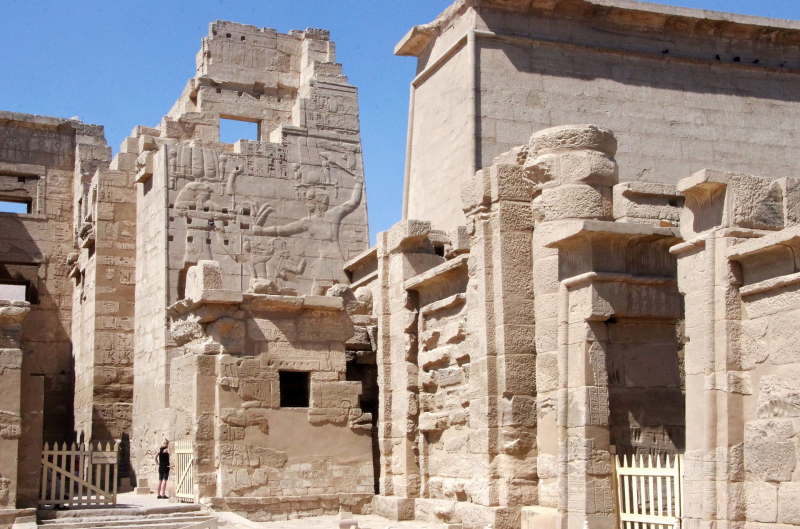
Photo: https://www.factinate.com/ 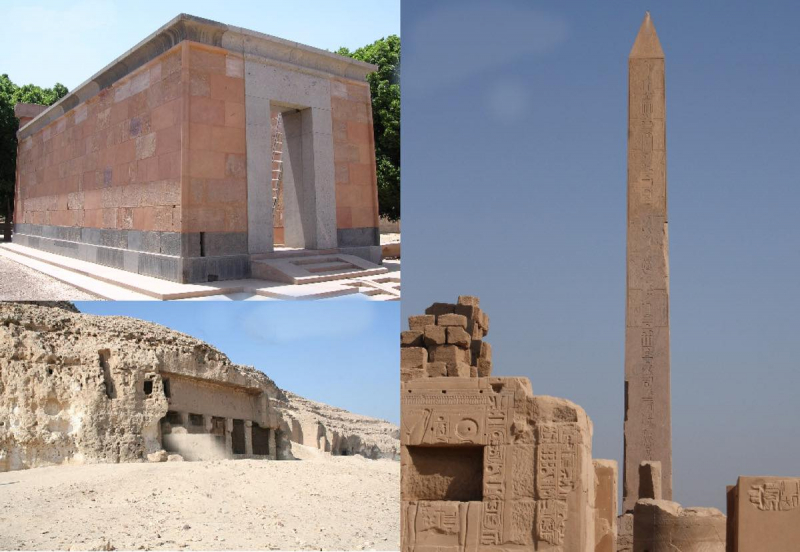
Photo: https://images.saymedia-content.com/ -
Hatshepsut's mortuary temple at Deir el-Bahri was a centerpiece of her architectural efforts, aiming to reassure the populace that she, like any other male pharaoh before her, was a god. The temple is a living testament to Hatshepsut's achievements, with a length of nearly 2.5 football fields and limestone cliffs in the neighborhood. Over 100 statues of Diana may be found in the temple, some of which depict her as the sphinx protecting the entryway.
The ancient Egyptian complex at Deir el-Bahari consists of funeral temples. It is on the west bank of the Nile, directly across from Luxor, Egypt. The Temple of Mortuary Hatshepsut, also known as Djoser-Djeseru, is located next to the Temple of Mentuhotep II beneath the cliffs of Deir el-Bahari. Many believe it to be one of Hatshepsut's greatest achievements and one of the ancient world's architectural wonders. Hatshepsut's temple incorporates temples to Anubis, the deity of death, Hathor, the goddess of fertility, Amun, the ruler of the gods, and Re, the sun god, and is adorned with scenes depicting her reign's triumphs. The temple was designed by Senenmut, the official supervisor of works at Deir el-Bahri.
A wonderful work made by a woman's hands is truly admirable. Not only that, but the temple of Deir el-Bahari is also a wonder of the world from ancient times to modern times. And structures like the Temple of Deir el-Bahari are recognized as one of the main accomplishments of female Pharaoh Hatshepsut.
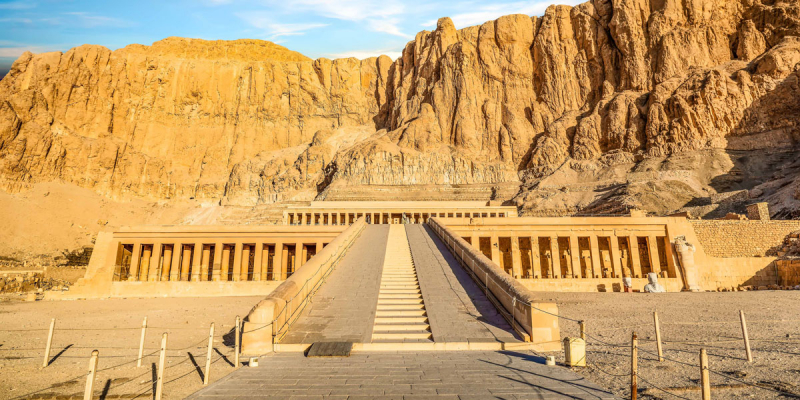
Photo: https://www.traveltoegypt.net/ 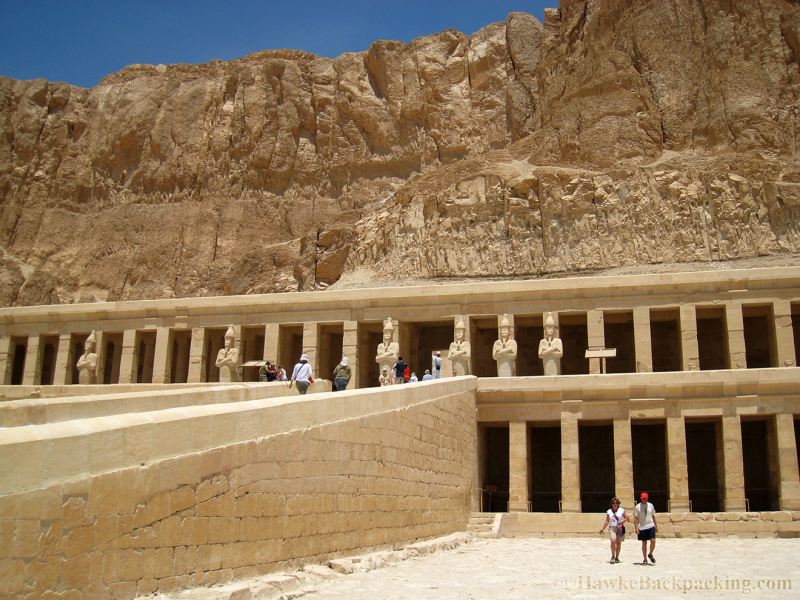
Photo: https://hawkebackpacking.com/ -
Hatshepsut was Egypt's fifth pharaoh during the Eighteenth Dynasty. Hatshepsut was the longest-reigning female pharaoh of an Ancient Egyptian indigenous dynasty, ruling for 20 years in the 15th century BC, from around 1479 BC until 16 January 1458 BC. Under Hatshepsut's reign, Egypt prospered. Unlike other rulers of her reign, she was more concerned with ensuring economic prosperity and building and restoring monuments throughout Egypt and Nubia than conquering new lands. Hatshepsut was "the first great lady in history that we know of," according to Egyptologist James Henry Breasted.
She was not the first woman to reign Egypt, despite being the most successful female pharaoh. Queen Sobekneferu, the last Egyptian pharaoh of the 12th Dynasty, reigned approximately 300 years before Hatshepsut. Hatshepsut was not the first female regent to rule Egypt in place of an underage king, which is a fascinating fact to note.
She was the longest-serving person in the dynasty of ancient Egypt, not only that in her time was considered the most successful and prosperous. A woman as multi-talented as Hatshepsut is truly admirable. The longest reign of the ancient Egyptian dynasty is considered one of the great accomplishments of female Pharaoh Hatshepsut.
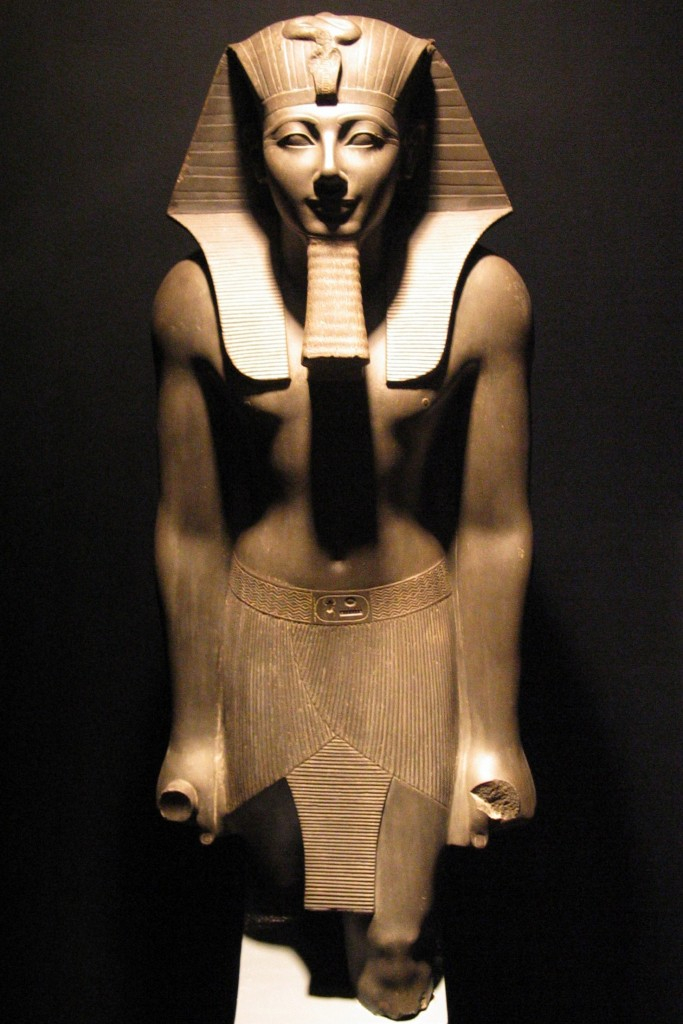
Photo: http://eskify.com/ Source: The Legendry Clan's Youtube Chanel







